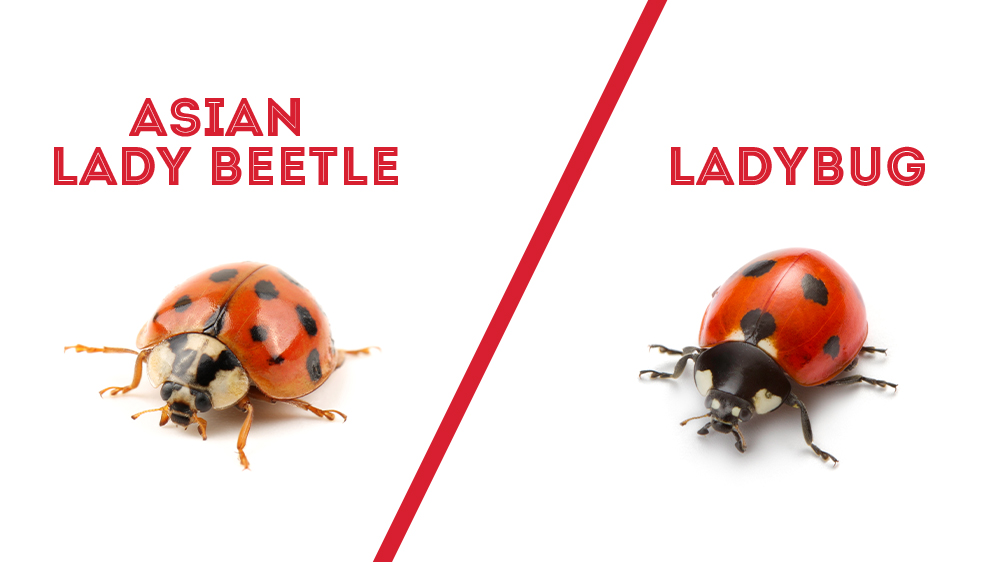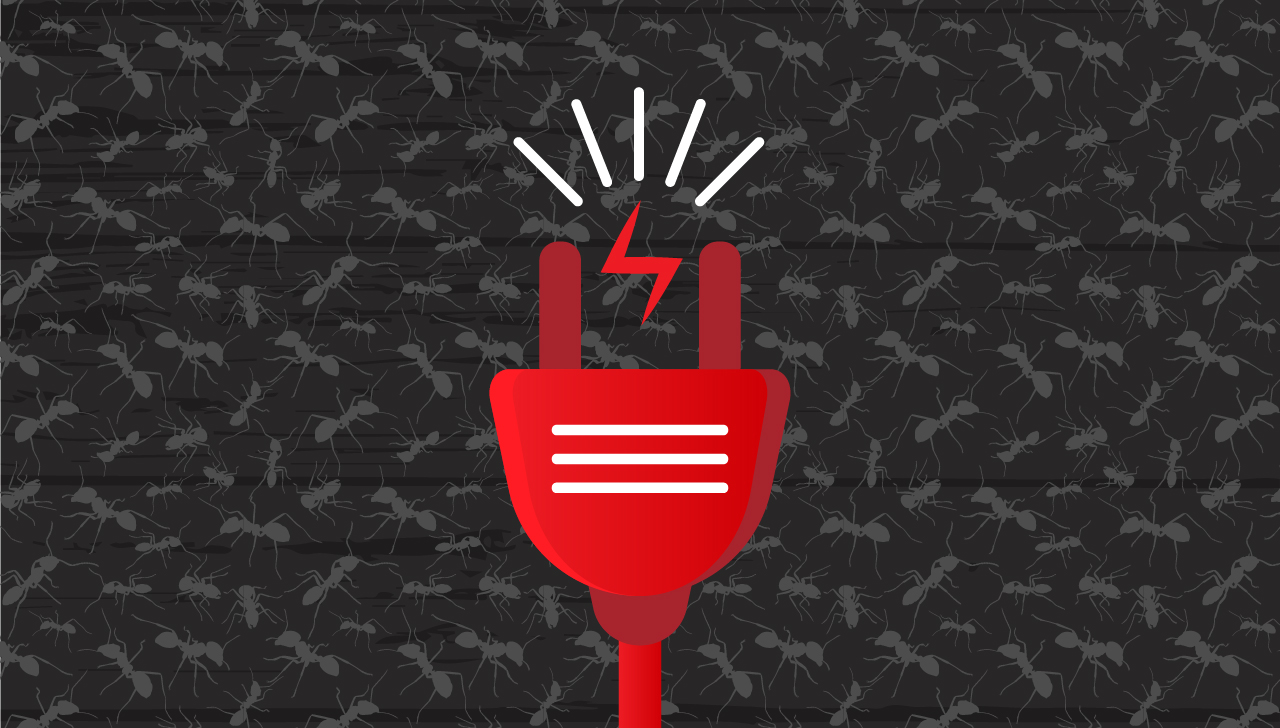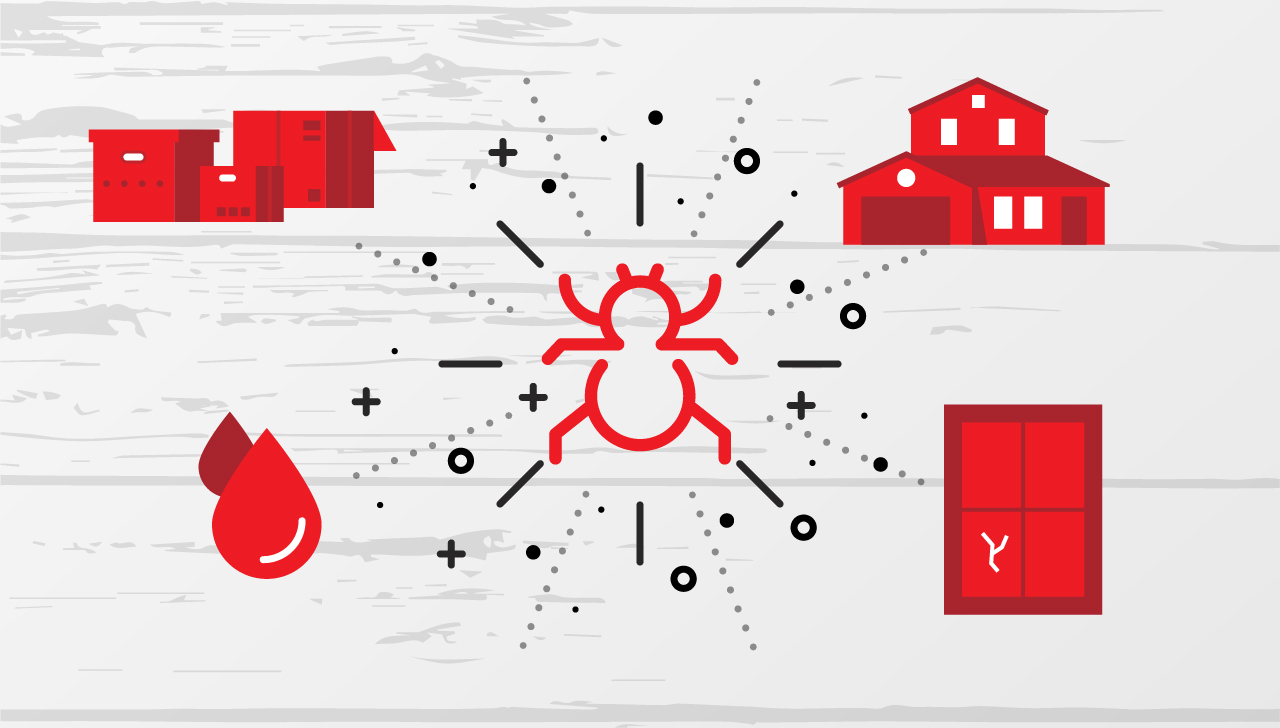
When it comes to pests, Asian lady beetles are one of the most unwelcome guests in many homes. These small yet mighty creatures have made their way from Southeast Asia and are now an invasive species across North America. While they can bring some natural benefits, they also often invade homes during autumn months, causing quite a nuisance.
So what can you do if Asian lady beetles show up unwanted at your doorstep? The first step is to identify them properly. These insects vary in color from red to orange and yellow and usually measure about 3/8 inch long. They also carry distinctive markings, including black spots or lines on their back, which make them relatively easy to spot!
Once you’ve identified the source of the invasion, there are several steps you can take to manage them effectively. Most importantly, make sure that any existing cracks or holes around windows and doors are sealed properly or else the lady beetles will find their way back in no time! It’s also important to keep your house clean as this reduces their chances of surviving indoors. Finally, use insecticides and a vacuum to treat the infestation. Make sure never to squish these beetles as they will stain a surface and will omit an odor.
When it comes to outdoor control measures, removing potential food sources is key. Lady beetles enjoy consuming aphids that attack plants, so regular pruning and tilling can help prevent infestations before they start! Additionally, keeping a close eye on high-traffic areas such as porches, decks and gardens will allow you to spot any incoming lady beetles colonies early on and intervene appropriately.
In conclusion, Asian lady beetles aren’t always bad news; they provide some natural benefits by eating destructive crop pests and other bugs alike. That being said, if they become too much of an issue, then proper management strategies need to be put in place in order for you and the environment alike to benefit! That’s why The Bug Man is here.



